-
8167 m
-
Dhaulagiri Region
-
Kathmandu
-
Challenging
-
Hotel/Teahouse/Camping
-
Spring/Autumn
-
Flight / Vehicle
-
Annapurna/ Dhaulagiri region
-
Northeast ridge
Overview
Dhaulagiri, popularly known as the “White Mountain,” is the world’s 7th highest mountain. It has an altitude of 8167m. For mountaineers all over the world, it is one of the most formidable mountains on earth. It has a remarkable rise above the terrain rising 7000 m above the world’s deepest valley with a 30 km horizontal length, which is quite astonishing.
Dhaulagiri is located in the Northwest direction of Myagdi district, which lies in the Dhaulagiri zone of Nepal. It is the only mountain that shares no border with neighboring countries of China and India. Within the stretched region of 30kms, there are four major peaks. For the expedition, the target is to climb Dhaulagiri I.
Dhaulagiri was a famous mountain from the beginning, as it is one of the major tourist regions alongside the Annapurna range. Scaling Dhaulagiri was a major challenge for any expedition team. It was also known as a mountain of storms and sorrows. To date, it remains one of the most challenging peaks.
To ascend Dhaulagiri, you travel from Kathmandu to Pokhara and, in turn, the Dhaulagiri Base Trek from Takam to BagarCamp. The journey to base camp is a short one comparatively. You will be driving from Pokhara to Marpha. Here, a couple of days of trekking takes you to the base camp where you can acclimate before you climb.
The standard route for climbing Dhaulagiri is via the northeast ridge. However, several successful, as well as unsuccessful attempts, have been made from all other sides besides the south side. Dhaulagiri is one of the hardest mountains to climb, which requires high-level technical skills. Thus, apart from the Advance Base Camp, a minimum of four camps is set up for this expedition.
Dhaulagiri Advanced Base Camp
The advanced basecamp for the Dhaulagiri expedition sits at 4748m. At such an elevation, we will deposit gears for the stay as there is a high risk of avalanches. This camp will be your home away from home for the next one and a half months.
Camp I: At the height of 5450m, we set up our first camp. The section from base camp to Camp I is a mixed terrain and is prone to the dangers of avalanches and crevasses.
Camp II: Camp II is set at 6400m. The trail from Camp I to Camp II includes few mixed climbing sections along with a steep section towards the final part. Camp II is located above a snowy terrace.
Camp III: The trail from Camp II to Camp III is among the most challenging parts of the Dhaulagiri ascent. With steep ice and snow-filled ridges, you will also experience strong wind before reaching Camp III at 7400m. However, since the ropes are already fixed, some find it easy to climb this section.
Here, we push for the summit and return to the camp, depending on the weather conditions.
A Short History of Dhaulagiri Expedition
The history of this mountain is quite interesting, as Dhaulagiri was the first mountain attempted of all 8000 m mountains in Nepal. A French expedition team abandoned Dhaulagiri for Annapurna instead.
Ironically, Dhaulagiri became the last mountain to be attempted among all 8000ers in Nepal. A Swiss-Austrian team led by Max Eiselin with Kurt Diemberger, Peter Diener, Ernst Forrer, Albin Schelbert, Nyima Dorje Sherpa, and Nawang Dorje Sherpa first ascended the peak on 13 May 1960.
Why You Will Love This Dhaulagiri Expedition
- Dhaulagiri is an infamous mountain known for its exceptional build and difficult weather conditions for the ascent. For an avid climber, it is a real test of determination, decision-making, and high technical skills.
- You will get the chance to experience the wilderness of the Dhaulagiri Conservation Area, an isolated region. Dhaulagiri expedition offers you an experience of a lifetime taking you to the remotest of places in Nepal.
- You get to enjoy splendid views of some of the world’s highest mountains like Annapurna, Dhaulagiri, Hiunchuli, Churen Himal, Gurja Himal, and many more. Besides, you can also enjoy the view of Kali Gandaki gorge, which is also the world’s deepest gorge.
- You will be climbing with a team of veterans who have years of experience in climbing and have mastered the skill of ascending Dhaulagiri.
Is This Expedition Right For You?
- If you’re an avid mountaineer looking to level up your game, Dhaulagiri is the option you should opt for. It offers an ultimate test of your technical skills, decision-making, and physical strength.
- You will be trekking through a remote region, which is less traveled and receives fewer tourists comparatively.
- The exotic flora and fauna, along with the wildlife in the Dhaulagiri Conservation Area, is truly one of its kind.
- It is cheaper than the Everest expedition and yet offers a more challenging climbing environment that every climber desires.
Dhaulagiri Expedition – Outline Itinerary
| Days | Itinerary | Altitude(in meters) | Duration(in hours) |
|---|---|---|---|
| Day 01 | Arrival at Kathmandu & Transfer to the Hotel | 1400 | |
| Day 02 | Rest in Kathmandu and briefing and Preparing | ||
| Day 03 | Fly from Kathmandu to Pokhara | 960 | 20 mins flight |
| Day 04 | Drive from Pokhara to Takam | 1500 | 7-8 hours |
| Day 05 | Trek from Takam to Bagar | 2080 | 7 hours |
| Day 06 | Trek from Bagar to Dovan | 2520 | 6 hours |
| Day 07 | Trek from Dovan to Italian Base Camp | 3660 | 7 hours |
| Day 08 | Acclimatization at Italian Base Camp | - | - |
| Day 09 | Trek from Italian Base Camp to Dhaulagiri Base Camp | 4750 | 6 hours |
| Day10-40 | Climbing Period (Base Camp – Dhaulagiri Summit (8,167m)– Base Camp) | ||
| Day 41 | Preparation to Return (Base Camp Cleaning) | ||
| Day 42 | Trek from Dhaulagiri BC to Yak Kharka | 3680 | 7 hours |
| Day 43 | Trek from Yak Kharka to Marpha | 2650m | 6 hours |
| Day 44 | Drive from Marpha to Pokhara | 985m | 5-6 hours |
| Day 45 | Fly from Pokhara to Kathmandu & transfer to Hotel | 1400m | 20 mins flight |
| Day 46 | Leisure Day in Kathmandu | 1400m | |
| Day 47 | Transfer to International Airport for final departure |

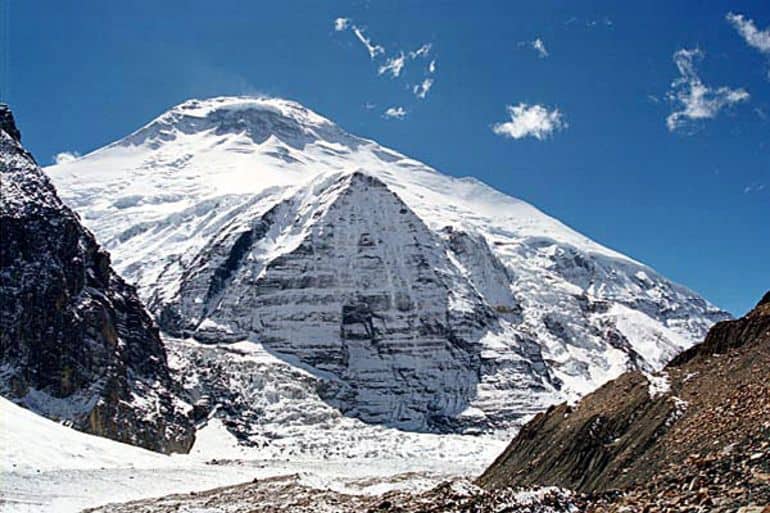
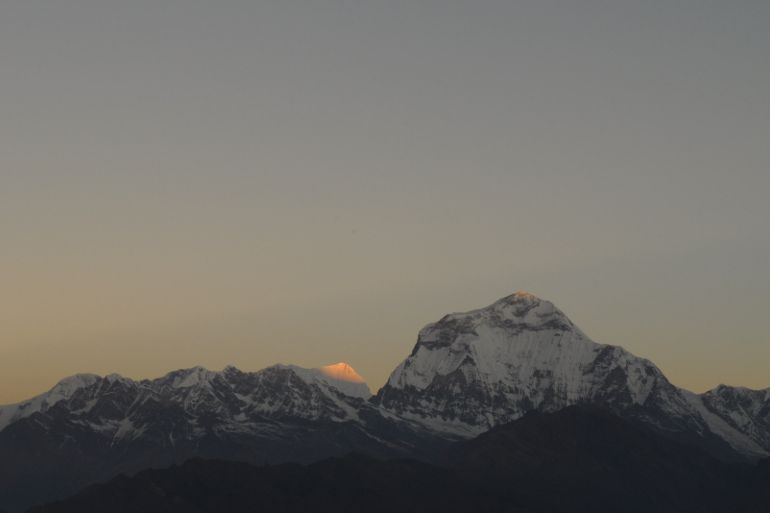
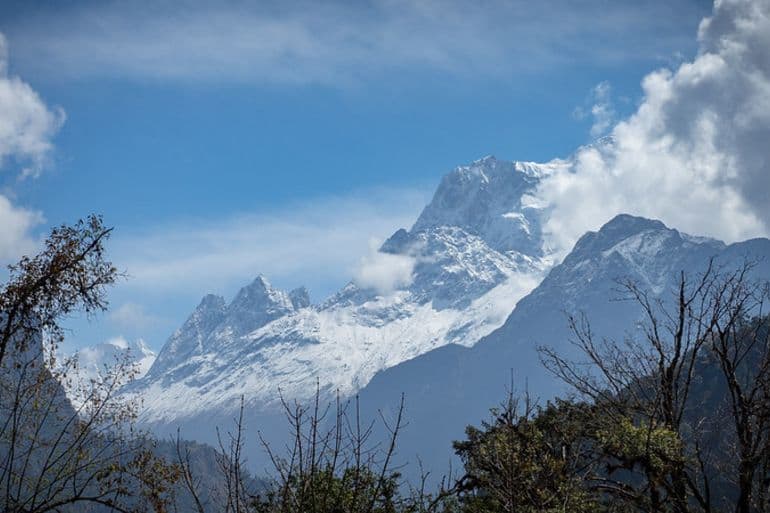
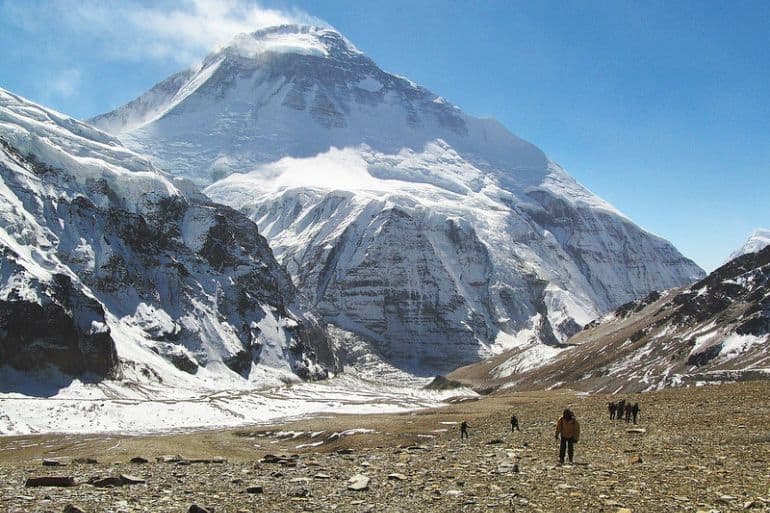
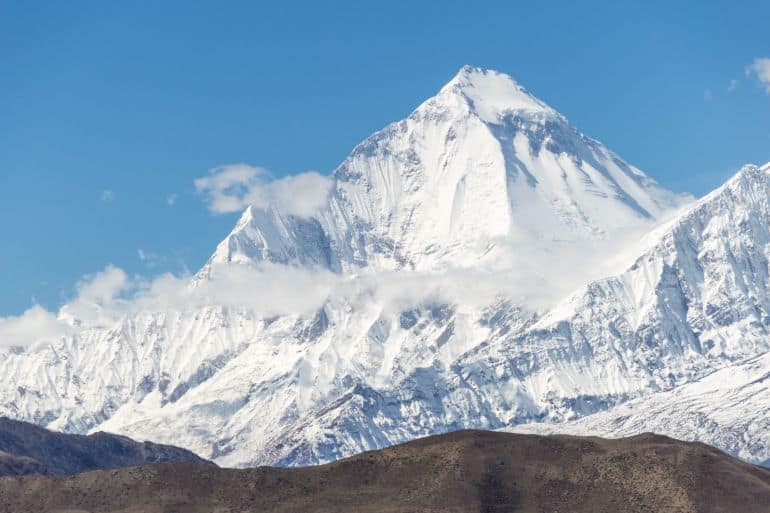
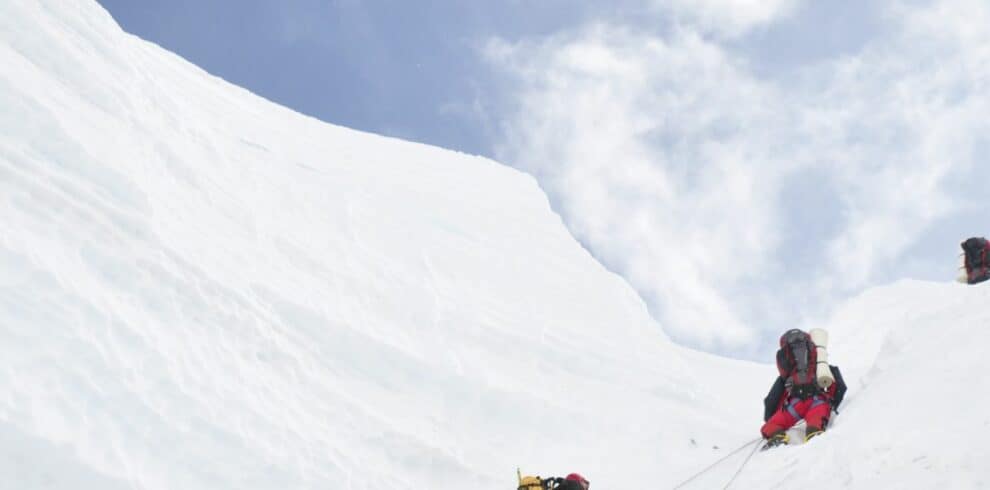


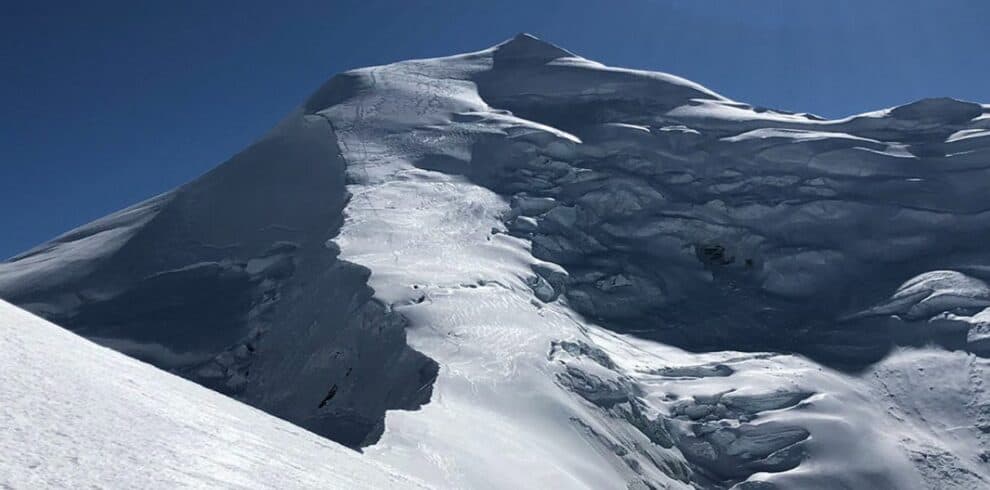
Write a Review